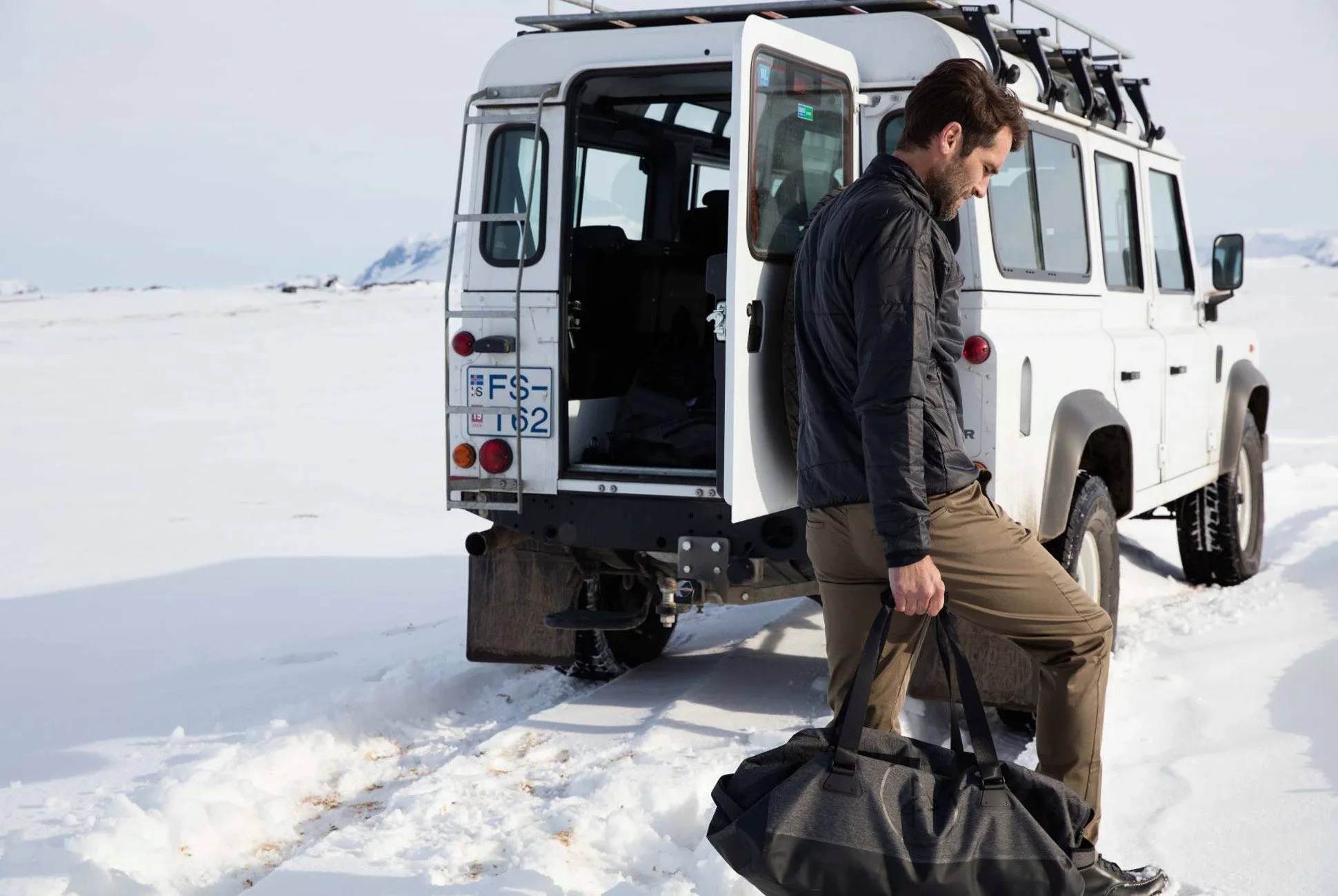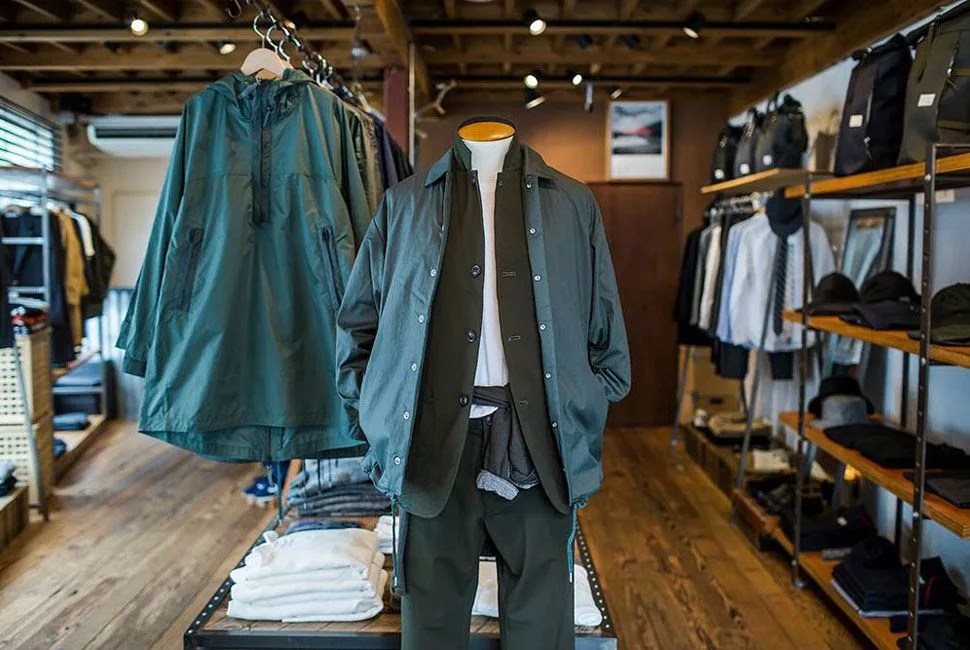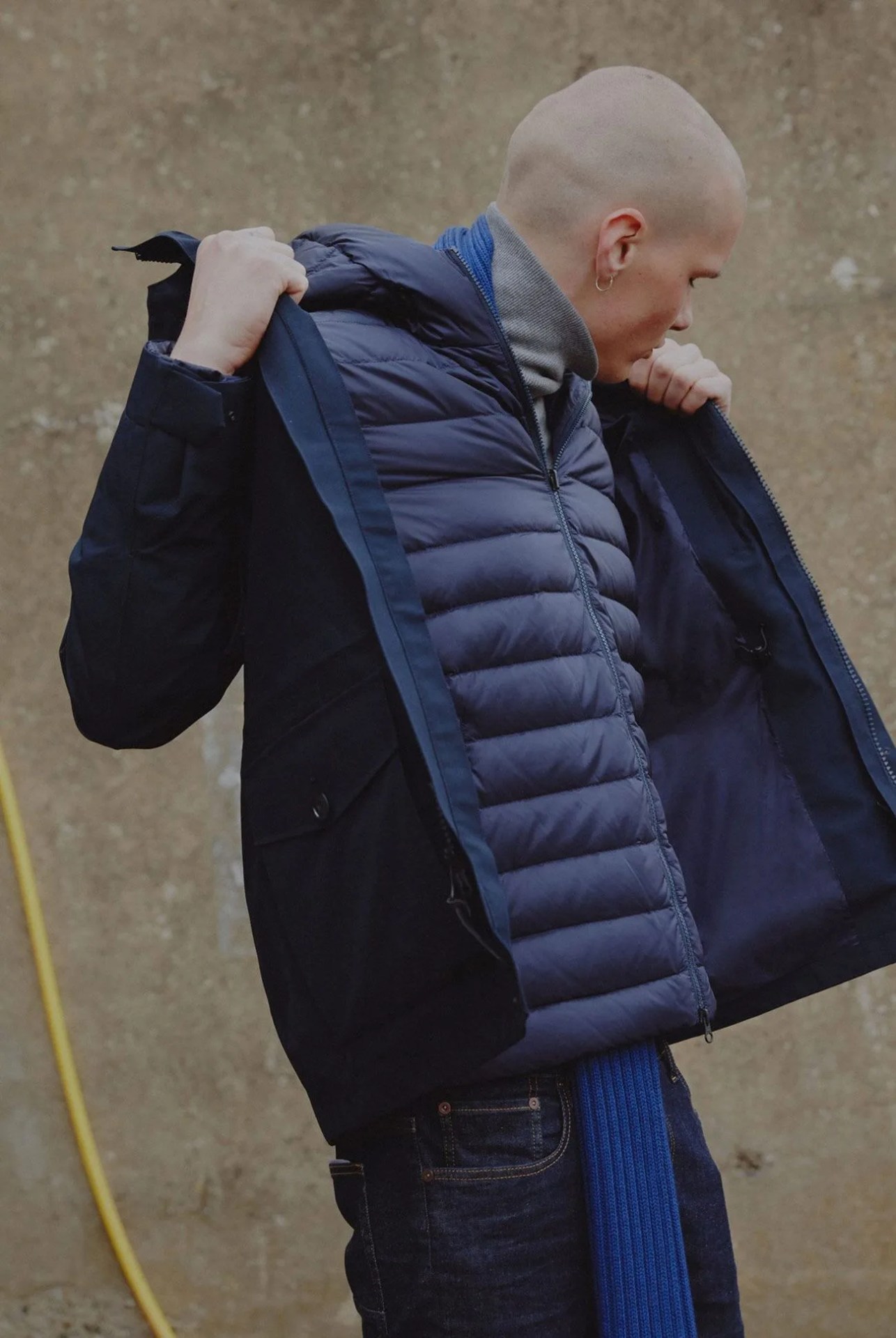We’ve come to expect more from our clothing. With the ease of the internet, it’s common practice to compare features on a range of like garments before purchase; the best buyers go further still, vetting claims made by heritage brands and start-up labels that are searching points of distinction.
In recent years, consumer interest has focused on brands that offer value beyond looks, and both new and established labels have responded with clothing that combines traditional silhouettes and construction with modern, performance-driven materials. Above all else, this kind of hybrid apparel promises true versatility, the ability to be worn at the office or on the trail, so the cliche goes. It even has a catchy name: city-to-mountain.
We spoke with four designers whose brands represent the best of this emerging category in menswear. Their unique perspectives give relevant context to the growth of the city-to-mountain movement and shed light on where it’s going from here.
The Designers
Andrea Canè, Woolrich: Not only Woolrich’s creative director, Cané is the head of WP Lavori, an Italian company that owns British outerwear company Baracuta and distributes Barbour in Italy.
Eiichiro Homma, Nanamica: Homma founded Nanamica in 2003 after spending 18 years at Japanese sportswear company Goldwin. He is also the creative director of The North Face Purple Label.
Jonah Smith, Aether: A former indpendent producer credited in films like Requiem for a Dream, Smith co-founded Aether in 2009.
Lisa Yamai, Snow Peak: The granddaughter of Snow Peak’s founder, Lisa Yamai launched Snow Peak Apparel in 2014. She is the brand’s head designer and branding manager.





